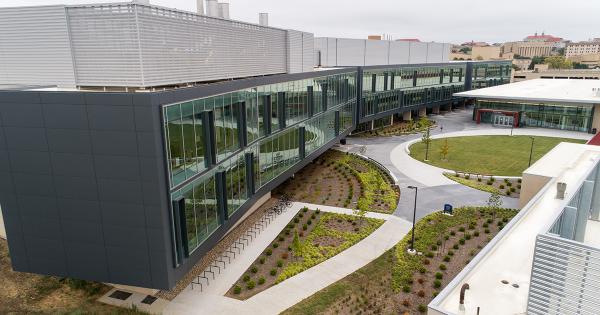Facilities
Research Facilities

Most of our research activities are conducted in our various research laboratories inside Gray-Little Hall. The Fabrication Laboratory, Characterization Laboratory and the shared KU Nanofabrication Facility.
Current Research Facilities
- Ion Beam Assisted e-beam Deposition System
- Multi-target DC/RF Magnetron Sputtering System
- Pulsed Laser Deposition (PLD) System
- Thermal Evaporator System
- Reactive Ion Etching (RIE) System
- Mask Aligner with UV Exposure for Photolithography
- One-zone and Three-zone Furnaces for Materials Processing
- SQUID Magnetometer